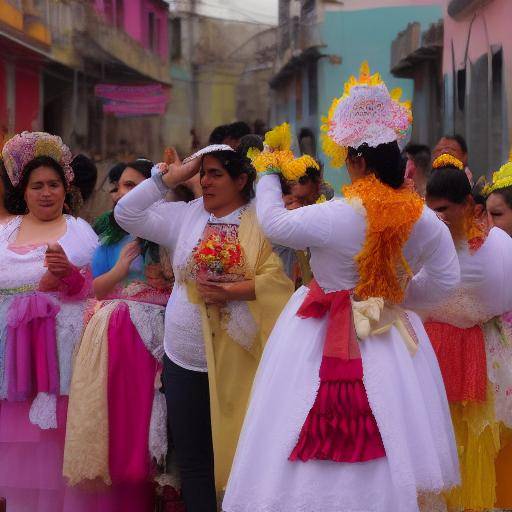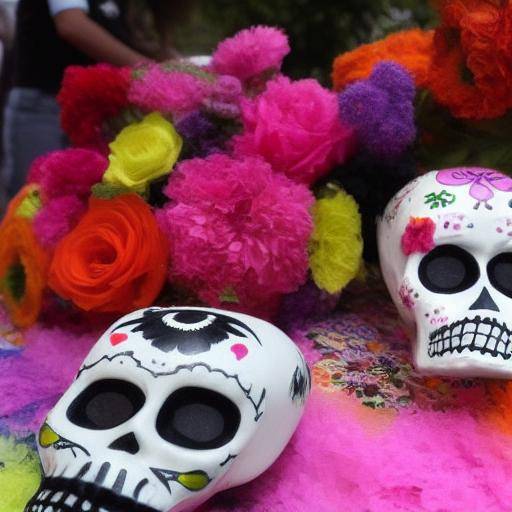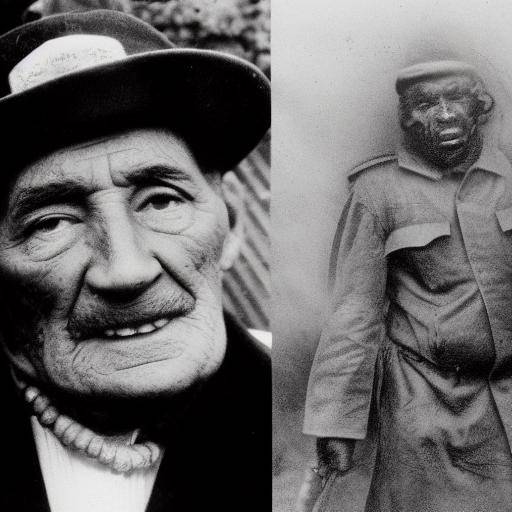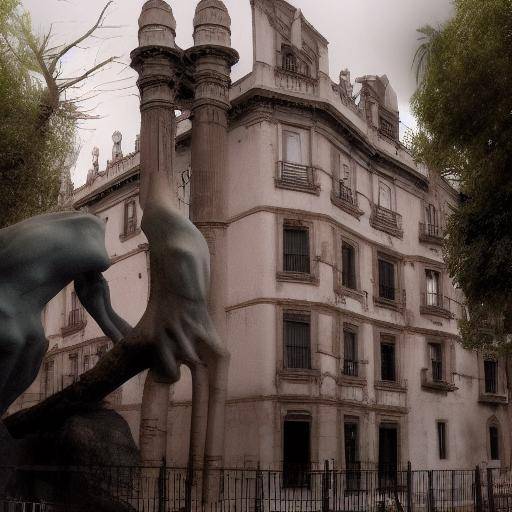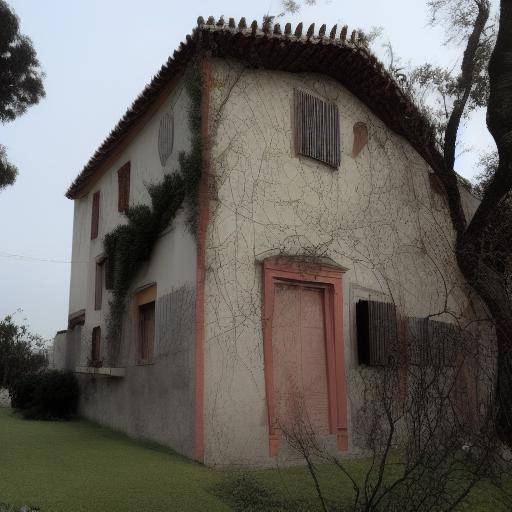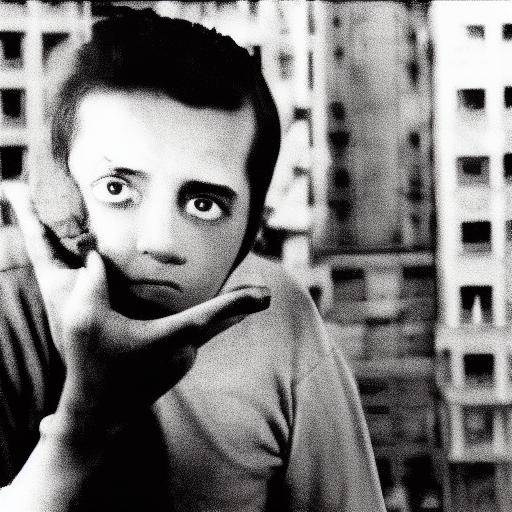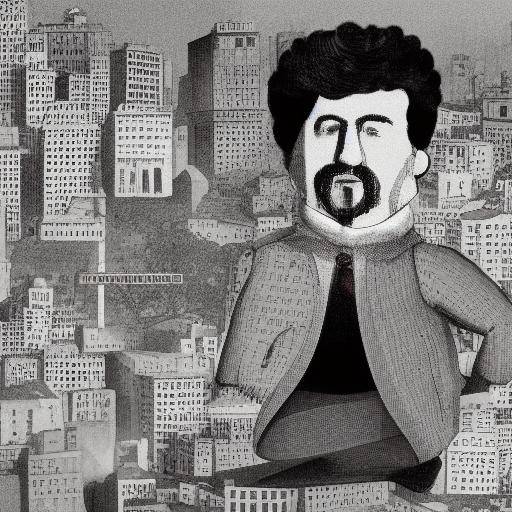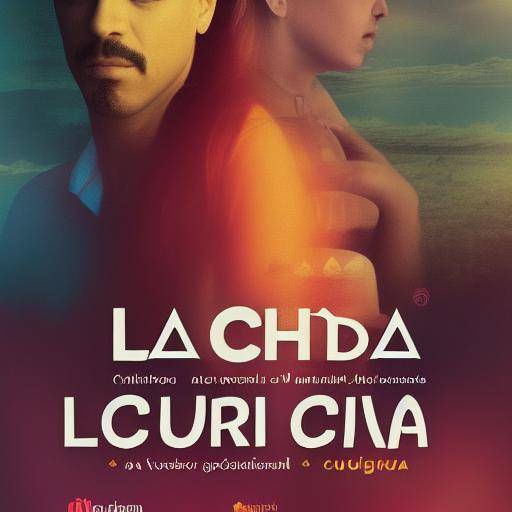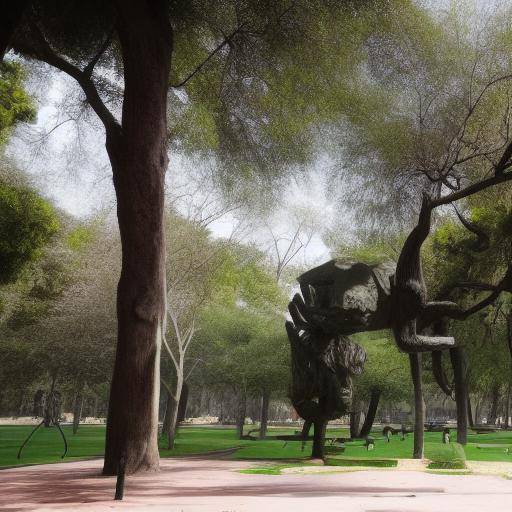
Introduction
La Llorona is one of Mexico's most emblematic legends, a story about the lament of a woman condemned to eternally seek her children. This urban legend, which has passed from generation to generation, has awakened intrigue and fear in Mexican culture and beyond. In this article, we will explore the depths of this macabre narrative, intertwining its history with infanticide and urban legend, to understand its fascinating influence in Mexican society.
History and Background
The legend of La Llorona has its roots in the colonial era of Mexico, during the Spanish conquest. It tells the story of an indigenous woman who fell in love with a Spanish man, but being rejected and despised after having children with him, despair and resentment led her to commit an atrocious act: infanticide. This dark act, mixed with pain and remorse, gave birth to the ghost of La Llorona, whose weeping is heard near the rivers and bodies of water, while seeking their lost children.
Throughout history, La Llorona has become a symbol of tragedy and guilt, reflecting racial, social and gender tensions in Mexican society. Legend has evolved to address broader issues such as maternity, justice and redemption.
Analysis in Deep
The story of La Llorona is not only a legend, but a mirror that reflects the social and cultural realities of Mexico. Infanticide, although present in many cultures, has had a significant impact on the country's history. Desperation, violence and poverty are associated with this crime, which is often linked to lack of resources and support for mothers.
Urban myths and legends, such as La Llorona, offer a unique window to understand and reflect on the collective fears of society. These stories serve as tools for preserving historical memory and transmitting cultural values.
Comprehensive review
Currently, La Llorona remains an omnipresent figure in Mexico's popular culture, used in literature, cinema and music. Legend has transcended national borders, becoming a recognized icon worldwide, symbol of the duality between motherhood and loss, between life and death.
Comparative analysis
The phenomenon of La Llorona presents similarities with other urban legends in different parts of the world, where the narratives of ghosts and tormented spirits reflect the complexities of human experience. The persistence of these stories over time demonstrates the lasting power of folklore as a means of transmitting and understanding the human condition.
Practical Tips and Accessible Tips
For those who wish to explore the legend of La Llorona, it is vital to understand it from an anthropological and cultural approach. Visits to emblematic sites, reading historical stories and participating in local festivals are ways to immerse yourself in this fascinating mythology.
Perceptions of Industry and Expert Reviews
Folklore and mythology experts agree that La Llorona is a powerful narrative that reflects the complexities of maternity, suffering and redemption. Through the interpretation and analysis of this legend, fundamental aspects of the collective psyche and the cultural history of Mexico can be unraveled.
Case Studies and Applications in Real Life
The impact of La Llorona goes beyond entertainment; history has been a tool to discuss relevant social and moral issues in contemporary society. The adaptation of the legend in different contexts demonstrates its versatility and its ability to generate conversations on universal issues.
Future Trends and Predictions
The legend of La Llorona will continue to evolve and adapt as society addresses new perspectives on maternity, justice and redemption. It is expected that it will remain an eternal symbol that passes through generations, transmitting timeless lessons on the human condition.
Conclusion
The Llorona, with its historical roots deeply rooted in Mexican culture, continues to intrigue and captivate the masses. This legend, linked to infanticide and converted into urban legend, offers a unique window to understand the complexities of Mexican society. Through its cultural resonance and its ability to reflect the collective psyche, La Llorona has become a timeless icon that transcends time and space.
Frequently asked questions
What is the meaning of the legend of La Llorona?
The legend of La Llorona represents an afflicted mother condemned to wander forever in search of her lost children, encapsulating subjects such as maternity, guilt and remorse.
How does the legend of La Llorona relate to infanticide?
The legend of La Llorona originates in an act of infanticide committed by the main figure, which reflects the despair and suffering associated with this crime.
What is the importance of urban legends in Mexico's popular culture?
Urban legends, such as La Llorona, play a crucial role in preserving historical memory and transmitting cultural values, while reflecting collective fears and shared experiences.
Why is Llorona still relevant in contemporary society?
The Llorona is still relevant because of its ability to interpret and reflect on fundamental issues, such as maternity, loss and redemption, which resonate in the collective psyche.
How has La Llorona impacted on different forms of artistic expression?
The legend has inspired numerous literary, cinematographic and musical works that explore and reinterpret their meaning, contributing to their durability in popular culture.
What is the legacy of La Llorona in Mexican society and beyond?
The legacy of La Llorona lies in its ability to transcend borders and generations, perpetuating significant discussions on maternity, guilt and redemption.
In conclusion, La Llorona is much more than a legend; it is a powerful narrative that encapsulates the essence and complexity of human experience. His influence will endure, weaving his eternal lament on the banks of the rivers and in the very fabric of Mexican culture.








